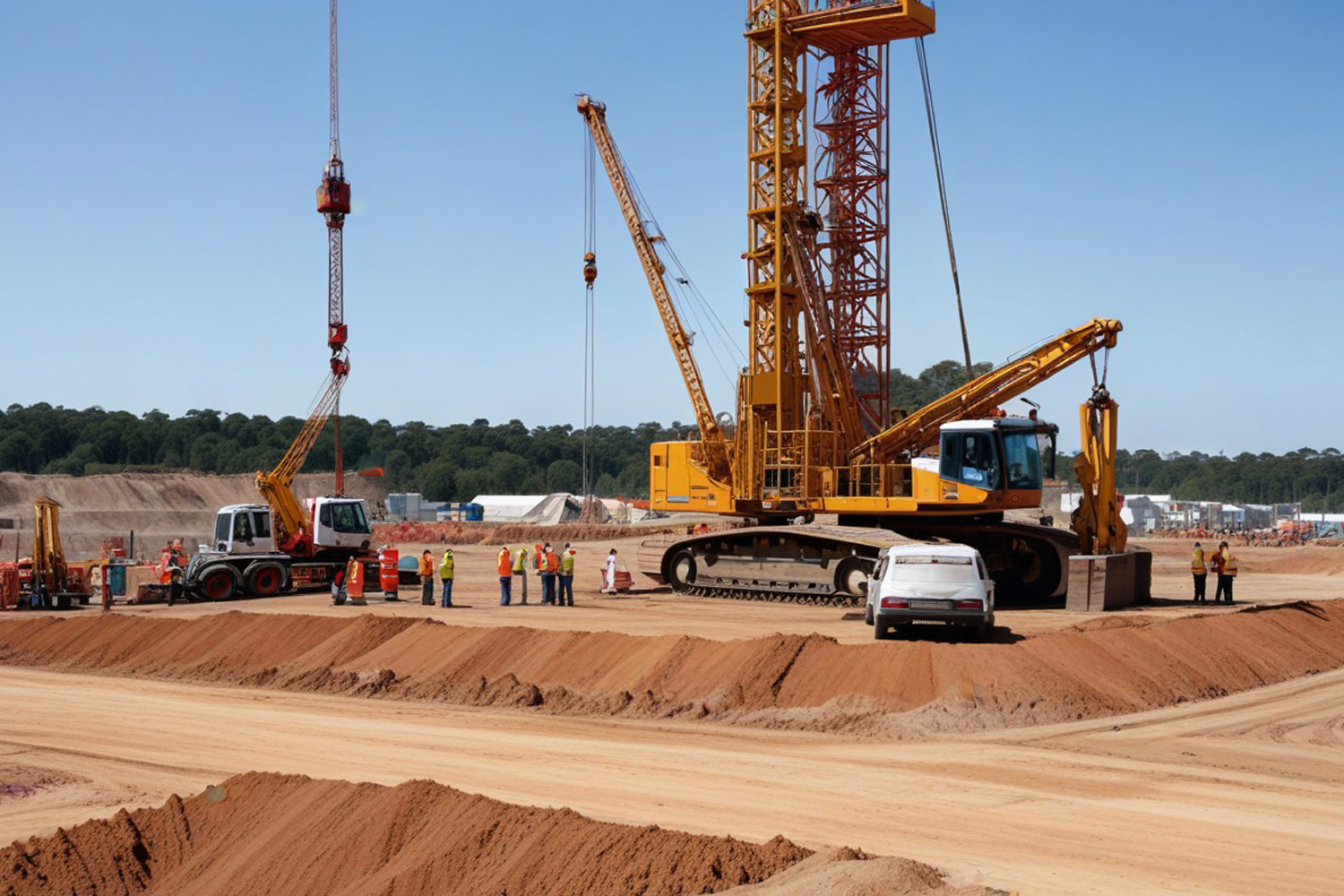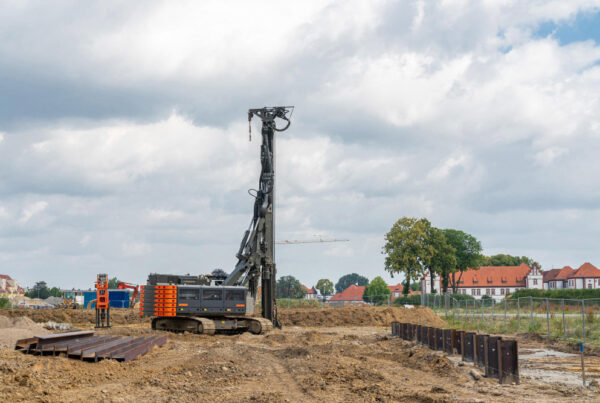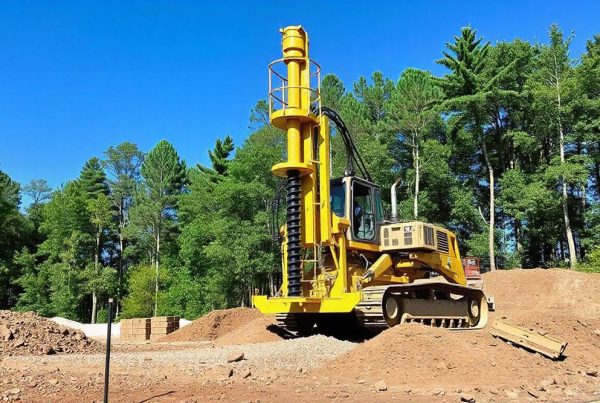Continuous Flight Auger (CFA) piles have become increasingly popular in foundation construction due to their efficiency, versatility, and cost-effectiveness. However, achieving optimal performance and structural integrity with Continuous Flight Auger (CFA) piles requires careful consideration during the design phase. In this article, we will explore the key factors that engineers and designers must address when planning Continuous Flight Auger (CFA) pile projects.
1. Soil Conditions:
One of the primary considerations in CFA pile design is the soil conditions at the construction site. Soil type, density, and stratification influence the load-bearing capacity and settlement behavior of the piles. Engineers must conduct thorough soil investigations, including geotechnical testing and analysis, to determine the appropriate pile dimensions, reinforcement, and installation techniques.
2. Structural Requirements:
The structural design of CFA piles must comply with relevant building codes and standards to ensure the safety and stability of the foundation. Factors such as design loads, pile spacing, and pile cap dimensions are crucial considerations. Engineers must calculate the appropriate pile length and diameter to support the anticipated loads and mitigate factors such as settlement and lateral movement.
3. Pile Configuration:
The configuration of CFA piles, including diameter, length, and reinforcement, depends on the specific project requirements and soil conditions. Designers must select the most suitable pile configuration to achieve the desired load-bearing capacity, stiffness, and settlement characteristics. Factors such as pile spacing, group effects, and pile cap design influence the overall performance of the foundation system.
4. Construction Constraints:
Designers must consider various construction constraints when planning CFA pile projects, including access limitations, space restrictions, and environmental considerations. The selection of drilling equipment, construction sequence, and installation methods should be optimized to minimize disruption to surrounding structures and activities. Coordination with other trades and stakeholders is essential to ensure smooth project execution.
5. Durability and Corrosion Protection:
CFA piles are often used in challenging environments where corrosion and deterioration can affect their long-term performance. Designers must specify appropriate materials, coatings, and corrosion protection measures to enhance the durability and service life of the piles. Factors such as groundwater conditions, chemical exposure, and seismic considerations influence the selection of corrosion protection systems.
6. Quality Assurance and Testing:
Ensuring the quality and integrity of Continuous Flight Auger (CFA) piles during construction is essential to prevent defects and failures. Designers must specify rigorous quality assurance measures, including inspection, testing, and monitoring protocols. Load testing of representative piles is often conducted to validate design assumptions and verify performance criteria. Continuous monitoring during construction helps identify potential issues and ensure compliance with design specifications.
Conclusion:
Designing CFA piles requires careful consideration of various factors, including soil conditions, structural requirements, construction constraints, and durability considerations. By addressing these key factors during the design phase, engineers can optimize the performance, safety, and longevity of CFA pile foundations. Collaboration between geotechnical engineers, structural designers, and construction professionals is essential to achieve successful outcomes in CFA pile projects.






